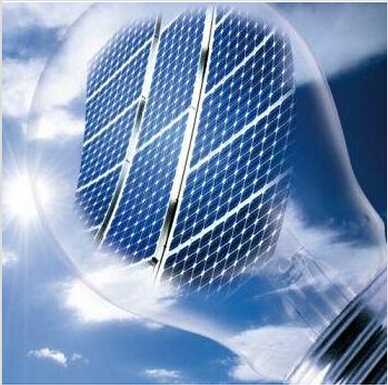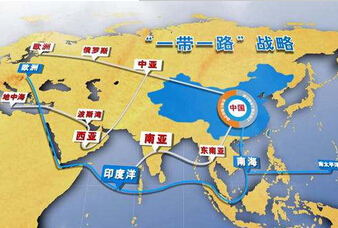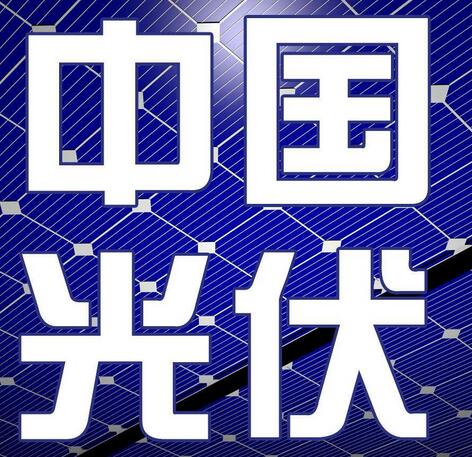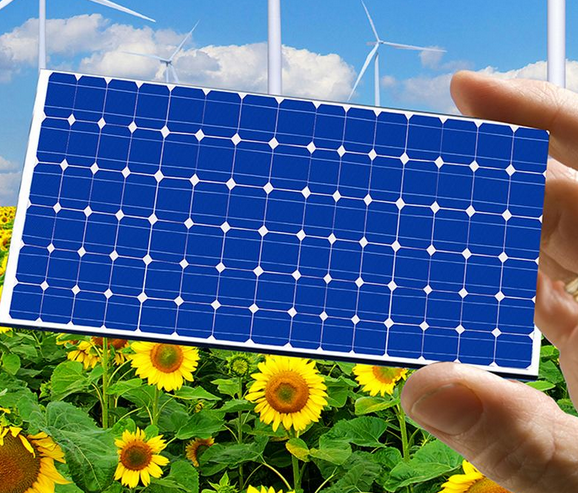With the increasing proportion of distributed photovoltaics, the problem of “power cuts” as an old problem has eased in the past year, but in the long run, if the volatility of photovoltaic power generation cannot solve the problem of power grids, The prospects for the development of photovoltaics cannot be completely opened. Energy storage technologies and microgrids are the two “checkpoints” in front of them.
Policies and technologies are guiding the development of distributed photovoltaics.
Among the policies issued frequently in April, the “Department of National Energy Administration’s General Affairs Department’s opinion on the functional specifications of the electric power spot market” was considered to make the development of distributed photovoltaics even more “irresistible,” and that the quota system is expected to be launched within the year. According to the news, it can be foreseen that photovoltaics, especially distributed photovoltaics, will occupy a higher proportion in China's energy structure. However, it should not be overlooked that energy storage and microgrid will become the two major barriers for the development of distributed photovoltaics with high proportions.
"Volatility" is "hard injury"
If photovoltaic power generation does not depend on whether the power grid is needed or not, it will lead to a “rigid, unfriendly” passive acceptance and passive trade relationship between PV and grid. When the percentage is small, there will be no problem, but it will reach 30. After a high percentage of 50% or even 50%, not only the power grid, industrial and commercial users and residents, but also I am afraid that it is difficult to accept the photovoltaic power generation "sometimes sometimes, sometimes more and less" situation.
“We must first solve the problem of volatility and balance the relationship between photovoltaic and grid.” Wang Ye said, “Distributed PV has a strong dependence on the grid, and the increase in distributed PV penetration will also bring power systems A series of challenges, such as the need to increase the backup power supply, in order to change and improve the operation and protection mechanisms of the distribution network system to maintain stability, so the current capacity in the power grid is not too high.” Wang Ye believes that the current grid requirements The input capacity is not more than 15-30% of the capacity of the upper transformer, which is a unified guarantee limit for ensuring its own operation safety, but it is not safe if it is not more than 30%. This still “depends on the actual load situation in each area”
Although it has improved in recent years, but in fact, not only the photovoltaic industry, the entire new energy industry because of the volatility of power generation caused by the security issues and consumption issues are not new, how to better solve these problems? A number of industry sources said in an interview with reporters that the addition of energy storage and smart microgrids could solve the problem.
Energy storage technology can be "competent"
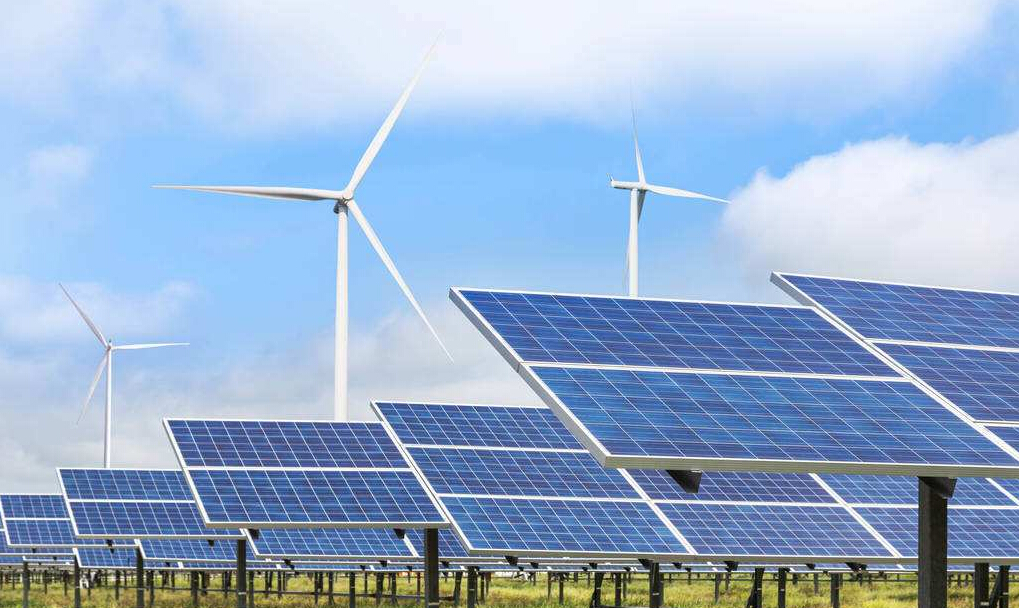
Since the consumption problem is one of the bottlenecks in the development of renewable energy in China, more people in the industry believe that “the development of energy storage technology is the lifeblood of the development of the photovoltaic industry,” and “photovoltaic + energy storage” is imperative, so we are currently Where is it?
Yang Yusheng, an academician of the Chinese Academy of Engineering, publicly stated that as an indispensable part of the microgrid, China’s existing energy storage technology has actually been “competent for its responsibility”. He suggested that "photovoltaic + energy storage" should be stepped up to demonstrate effective economic efficiency.
"Photovoltaic + energy storage" can not only provide backup power and uninterrupted power supply, but also can obtain arbitrage of electricity prices by peak load filling and valley filling. Take the example of the two-tier electricity price for industrial and commercial users of 10 kilowatts in Shanghai. The non-summer peak-to-valley price difference is 0.814/kWh. In summer, the peak-to-valley price difference is 0.914/kWh, if photovoltaics are all self-contained. The investment income of “photovoltaic + energy storage” is “part of the electricity bill for own use + on-grid electricity tariff + photovoltaic subsidy + peak-valley electricity price”, and the peak-to-valley difference between industrial and commercial electricity is profitable.
“Now is a coal-fired power station, a fuel-fired power station, and a fossil fuel power station that play the role of peak-sharing. With the continued expansion of the proportion of renewable energy, it is necessary to bear the peaks through energy storage itself.” Wang Ye said that in the peak load shift, In terms of time-sharing scheduling, frequency modulation and peak adjustment, etc., the advantages of energy storage are obvious, and there is a huge space for reducing the cost of energy storage systems.
However, some related parties who declined to be named stated that because the energy storage system revenue depends on the grid electricity price, there is a problem of electricity bill settlement. In addition, it is difficult to obtain stable returns and high economy due to seasonal influence.
Microgrid development is full of challenges
As a basic unit for adapting to the development of distributed energy, the microgrid will play an important role in the new energy development trend. In the several related policy documents issued in the near future, it is also encouraged to explore advanced technologies such as smart microgrids to achieve a high proportion of distributed photovoltaic power generation in local grids.
The micro-grid has transformed from a single "photovoltaic + energy storage" to the complementarity of multiple energy sources. China announced 28 new energy microgrid demonstration projects in 2017. However, many industry experts and companies believe that microgrids are “multi-energy, multi-source, multi-machine, and changeable” and operational control is full of challenges. ”
















 RCCN WeChat QrCode
RCCN WeChat QrCode Mobile WebSite
Mobile WebSite